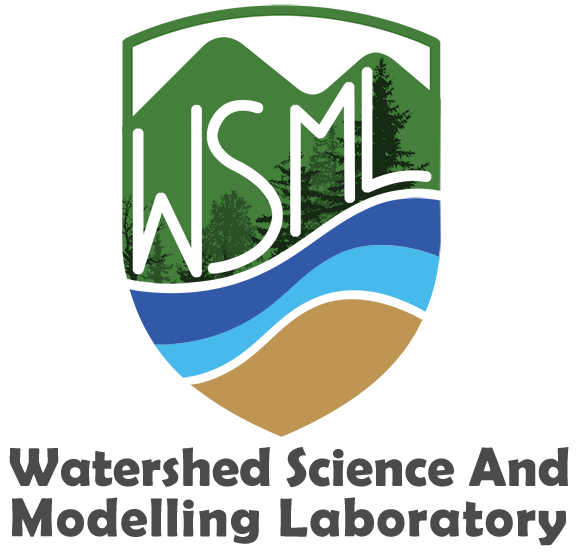 Climate change and variability are threatening the water resources. It is reported that climate change will increase the melting rate of glaciers in Western Canada, leaving less water for drinking, crop irrigation and other uses. Climate change may also be causing the higher evaporation rates that are leading to low water levels in lakes, thereby negatively affecting population and economic activities. Furthermore it can affect functionality of wetlands which are key environmental features naturally controlling global warming.
Climate change and variability are threatening the water resources. It is reported that climate change will increase the melting rate of glaciers in Western Canada, leaving less water for drinking, crop irrigation and other uses. Climate change may also be causing the higher evaporation rates that are leading to low water levels in lakes, thereby negatively affecting population and economic activities. Furthermore it can affect functionality of wetlands which are key environmental features naturally controlling global warming.
The “global warming” and “natural variability” are key factors altering water resources in North America. A thorough analysis of impacts on hydrology, water quantity, and quality that addresses interactive, dynamic, and combined effects of both climate change (due to global warming) and natural variability (due to large scale modes of climate variability e.g., Pacific Decadal Oscillation-PDO) on water systems is exceptionally pursued in WSML through our on-going and future research projects.
The long-term plan in the Watershed Science and Modeling Laboratory is to extend our current research focus from Alberta scale to Canada-wide and North America, to assess water, food, energy relationships at a larger (regional/ national) scale and to explore Canada’s role in future national and global water-food-energy-environment nexus under changing water and climate.
